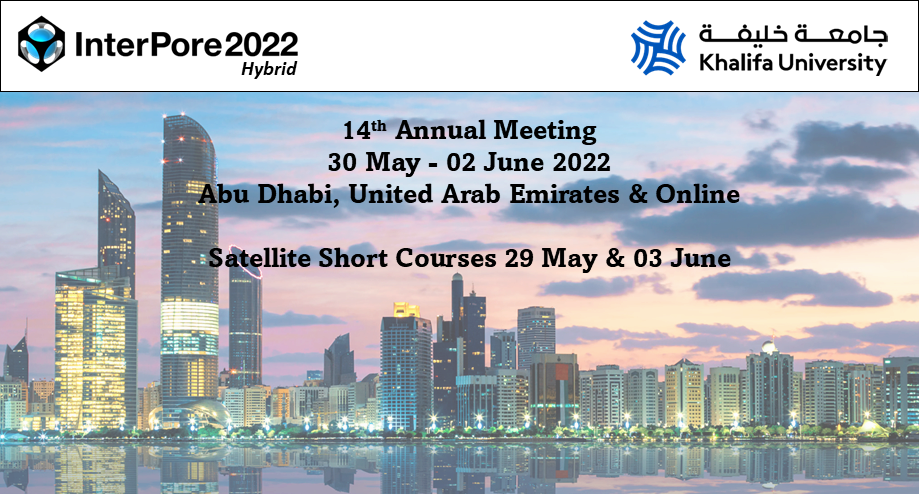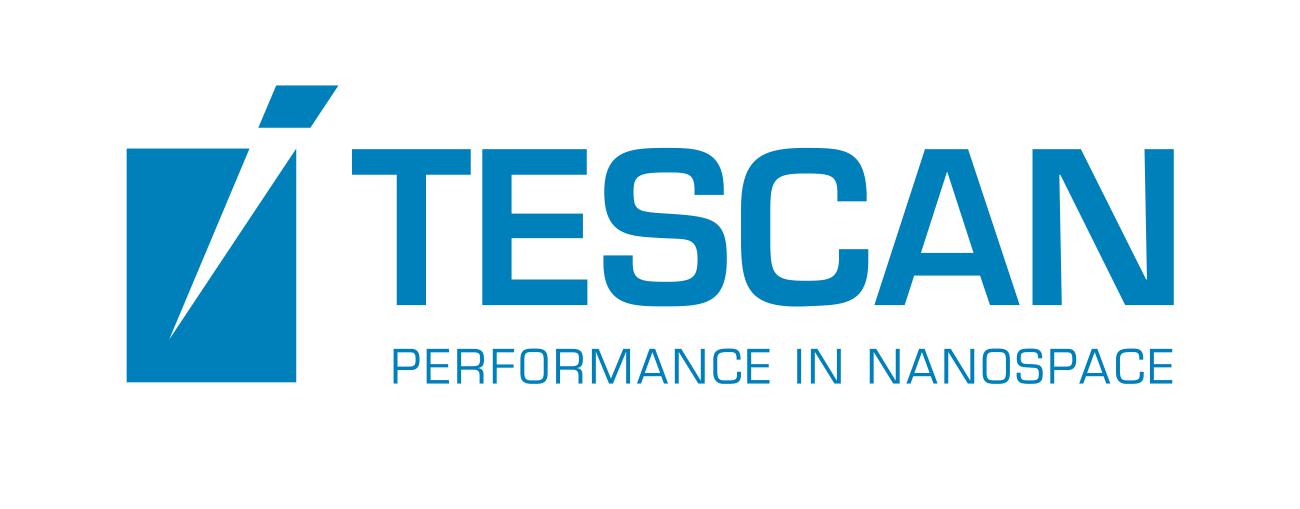Our study investigates interplays between dissolution, precipitation, and transport processes taking place across randomly heterogeneous conductivity domains and the ensuing spatial distribution of preferential pathways. We do so by relying on a collection of computational analyses of reactive transport performed in two-dimensional systems where the (natural) logarithm of conductivity is...
Carbon capture and storage (CCS) is a promising technology to significantly reduce the amount of carbon dioxide (CO2) emissions in the atmosphere. In CCS, CO2 is captured at concentrated point sources and injected deep underground for permanent storage. Geochemistry is an important consideration in CCS projects since the injected CO2 will dissolve in the ambient brine and interact with the...
Coal is not only a combustible sedimentary rock, but also a source rock for coal seam gas (CSG). It is typically a dual porosity medium, consisting of fractures and porous matrix. Gas flow in coal matrix is under concentration gradient, which is characterised by diffusivity. It is a controlling factor for both CSG production and the gas drainage process in coal mining industry. Therefore,...
Reaction diffusion (RD) fronts are ubiquitously found in a wide variety of sytems in chemistry, biology, physics and ecology, and understanding their properties is especially important for hydrogeological problems involving chemical reactions. The dynamics of RD fronts in geological media is generally complex, due to the interplay of several physical and chemical processes. Autocatalytic...
Mixing and reaction at channel intersections often control various processes and applications involving porous and fractured media. Fluid inertia effects can be important in such systems, but many previous studies are limited to Stokes flow. Lee and Kang 2020 [Physical Review Letters, 124(14)] namely observed that inertia effects can induce 3D recirculating flows at channel intersections and...
Geochemical changes in fractured shales may influence long-term production efficiency. The complex composition and morphology of shale minerals and formation brine composition as well as stimulation fluid make the interpretation of shale-fluid interactions very challenging. Reaction-induced evolution of shale fabric, pore water, and the associated evolution of porosity and permeability...
The determination of realistic rates of CO$_2$ dissolution associated with geological CO$_2$ storage in deep saline aquifers requires an understanding of the mixing process that takes place during the emplacement of CO$_2$ into these formations. The mixing process is triggered by the local density increase in the ambient brine following the CO$_2$ dissolution. As a result, gravitational...
Two common structural patterns left by dissolution reactions in practical applications such as carbon sequestration are (1) uniform, in which the reaction spreads evenly throughout the medium and the reaction rate is relatively close to that measured in batch; and (2) wormhole, in which the reaction etches conductive pathways and the reaction rate is much lower than its batch measurement. The...
Invasion and retention of seawater into surface caves and fractures in permafrost land induces melting, as salt lowers water freezing point. Melting of permafrost region changes surface energy balance by modifying sunlight reflection rate and adsorbing latent heat, which may finally impact the global climate mode. Therefore, it is of environmental significance to investigate ice melting in...
Solute mixing mediated by flow in porous media plays a significant role in controlling reaction rates in subsurface environments. Due to incomplete mixing, solute concentrations are inhomogeneous at the pore scale in many practical cases. Incomplete mixing will limit local and upscaled reaction rates, rendering their prediction by classical Darcy scale reactive transport models inaccurate. The...
Transport of suspended colloids in heterogeneous porous media is a multi-scale process which systematically exhibits preasymptotic behaviors that cannot be captured by the Fickian dispersion theory. Although many studies have documented and quantified mechanisms of colloid transport, they often lack a theoretical basis that links particle- to continuum-scale observations. The experimental...
Understanding flow and transport in porous media is of fundamental importance for the design of processes and management strategies in oil extraction, groundwater remediation, CO2 storage, and many other applications. However, the applicability and validity of standard macroscale transport models for highly heterogeneous media is still widely debated. Our study focuses on the impact of the...
We investigate the occurrence of anomalous (non-Fickian) transport in three neighboring hydrological catchments, at kilometer-length spatial scales and over a 36-year period. Using spectral analysis, we show that the fluctuation scaling of long-term time series measurements of a natural passive tracer (chloride), for rainfall and runoff, show evidence of a broad, power-law distribution of...
Transport in the subsurface is strongly characterized by the heterogeneity of the porous medium. As the subsurface is strongly influenced by human activity, obtaining an accurate description of mass transport in such media remains a crucial task. Tracer transport in porous media has been extensively treated in the literature. However, considering the many pollutants in industry and...
Salt dispersion in a porous medium occurs due to salt concentration gradient. During low salinity waterflooding (LSWF) EOR, a reduced-salinity brine is injected to the porous media containing originally high-salinity brine. Brines with different salinities start mixing by dispersion mechanism and by the movement of the injected brine within the porous media, the salinity at the front of...
The assumption that the heterogeneity of aquifers can be described with multilog-Gaussian distributions has been widely used (Law, 1944). However, the multilog-Gaussian assumption is inappropriate in alluvial aquifers (Zinn and Harvey, 2003). Alluvial aquifers, such as fluvial sediments containing paleochannels, present structures composed of interconnected bodies (Tidwell and Wilson, 1999)....
Imaging is a valuable tool to identify and characterize the spatial distribution of minerals in rock samples. Scanning electron microscope (SEM) can capture microscale features, and when equipped with energy dispersive spectroscopy (EDS), can be utilized to identify minerals; however, it is limited to only two-dimensional images. X-ray computed tomography (X-ray CT) can be used to capture...
We study the intermittent transverse dynamics of solute transport through highly heterogeneous porous media. Considering a Lagrangian framework focused on the equidistant analysis of the particles motion, we identify two fundamental mechanisms that determine large-scale particle motion, namely, the relaxation towards a (non-zero) average transverse particle position and the short-scale...









